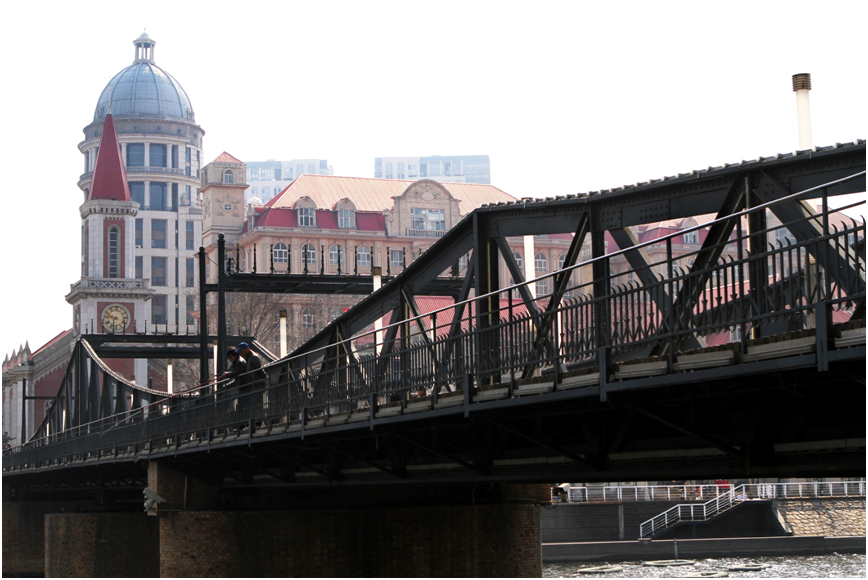In the second quarter of 2025, under pressure from the off-season for traditional consumption and industrial transformation, China's construction steel market exhibited characteristics of price fluctuations, structural differentiation in demand, and accelerated technological upgrading. From East China to South China, from the spot market to the futures market, the industry is undergoing a new round of deep adjustment.
Image Source:699pic.com
Price trend: bottom support in range fluctuations
On June 5, the Nanjing construction steel market rebounded slightly, and the price of Shagang HRB400Φ22mm rebar rebounded to 3220 yuan/ton, up 10 yuan from the previous day. This rebound is not an isolated case. The price of Shaogang Φ16mm rebar in the Guangzhou market remained at 3110 yuan/ton, up 30 yuan from the beginning of the month. However, the sustainability of market trading volume is questionable. On that day, the national construction steel trading volume was 123,000 tons, which increased by 33.5% month-on-month, but it was still 20% lower than the peak in May. This "spot-futures linkage" rebound was mainly driven by the rise in coking coal futures, rather than a substantial improvement in terminal demand.
In the Fujian market, the price trend is even more stalemate. The prices of rebar in Fuzhou, Xiamen and Sanming were stable at 3,210 yuan/ton, 3,220 yuan/ton and 3,230 yuan/ton respectively, but the transaction volume of the sample library decreased by 16.14% compared with the previous day. It is worth noting that the total inventory in Fujian increased by 25,300 tons month-on-month to 402,600 tons, a decrease of 362,000 tons year-on-year. This combination of "low inventory + weak demand" makes the price lack the momentum to rise.
Demand structure: infrastructure support and real estate weakness coexist
The policy effect is gradually emerging in the infrastructure field. The Central Economic Work Conference clearly stated that the growth rate target of infrastructure investment in 2025 will be maintained at 6-8%. Driven by key projects such as Xiongan New Area and Huangshi Guangzhou Road Viaduct, the demand for infrastructure steel increased by 4.2% year-on-year from January to May. However, the real estate sector continued to be sluggish, with the newly started housing area in January-April falling by 23.8% year-on-year, which directly led to a 6.63% month-on-month decline in the rebar demand index. This differentiation is particularly evident in the Nanjing market. Although the price of Ma Changjiang HRB400EΦ12mm earthquake-resistant rebar has rebounded to 3,170 yuan/ton, market feedback shows that terminal procurement is still mainly for key projects, and the demand for steel in real estate projects accounts for less than 30%.
Technology upgrade: Double breakthrough in intelligent manufacturing and material innovation
In the cold winter of the industry, technological progress has become the key to breaking the deadlock. Jiugang's "big centralized control" project has achieved intelligent upgrades in the power system, and through 5G+ industrial Internet technology, the energy consumption of the steelmaking process has been reduced by 8.5%. The 800 MPa-level low-alloy high-strength steel developed by Fangda Jiugang has successfully replaced imported products in German automobile manufacturing, marking the high-end development of my country's construction steel. More noteworthy is that Zhangxuan Technology's "Hydrogen Metallurgy Innovation Studio" has made breakthroughs in hydrogen-based direct reduction iron technology, and carbon emissions per ton of steel have been reduced by 70% compared with traditional blast furnace processes, providing a new path for the industry's green transformation.
Industry trend: structural adjustment and model innovation in parallel
Faced with market pressure, steel companies are accelerating their business model transformation. Fangda Special Steel has taken multiple measures to purchase raw materials to ensure the stability of blast furnace materials while controlling the cost of molten iron at 2,650 yuan/ton, which is 120 yuan lower than the industry average. In the circulation link, Fangda Special Steel won the "Zhejiang Province Construction Steel Major Circulation Steel Plant Brand" award. Its "customized production + supply chain finance" model has increased the dealer's inventory turnover rate by 35%. What is more noteworthy is that China Seventeenth Metallurgical Construction adopted prefabricated steel structure bridge technology in the Huangshi Daquan Road Ecological Corridor Project, shortening the construction period by 40%, showing a new direction for the industrialization of the construction industry.
Future Outlook: Structural Opportunities in Bottom Consolidation
Combining factors on both the supply and demand sides, the price of construction steel in June is likely to continue to fluctuate in the range of 3,100-3,300 yuan/ton. However, there are also positive signals in the market: the pressure on iron ore inventory has eased, and the price of coke has shown support around 1,250 yuan/ton. If infrastructure investment is accelerated, marginal improvements on the demand side cannot be ruled out. For end users, the current price has the value of replenishing inventory in stages, but they need to be vigilant about the arbitrage risks brought about by the widening regional price gap.
In this round of downward cycle, the construction steel industry is undergoing a deep reshuffle. Those companies that can achieve flexible production, accurately control inventory, and quickly respond to changes in demand will build new competitive advantages at the bottom of the market. For the entire industrial chain, how to find a balance between the "dual carbon" goals and the downward pressure on the economy will become a key variable in determining the future industry landscape.



